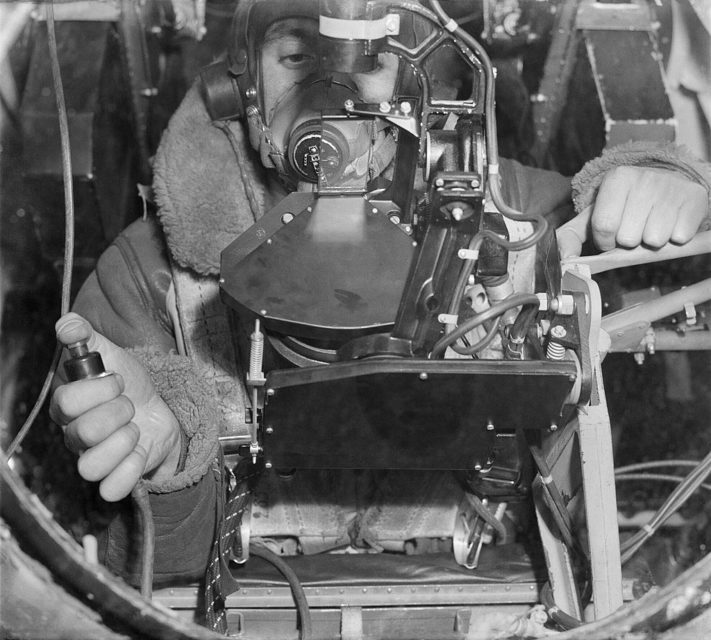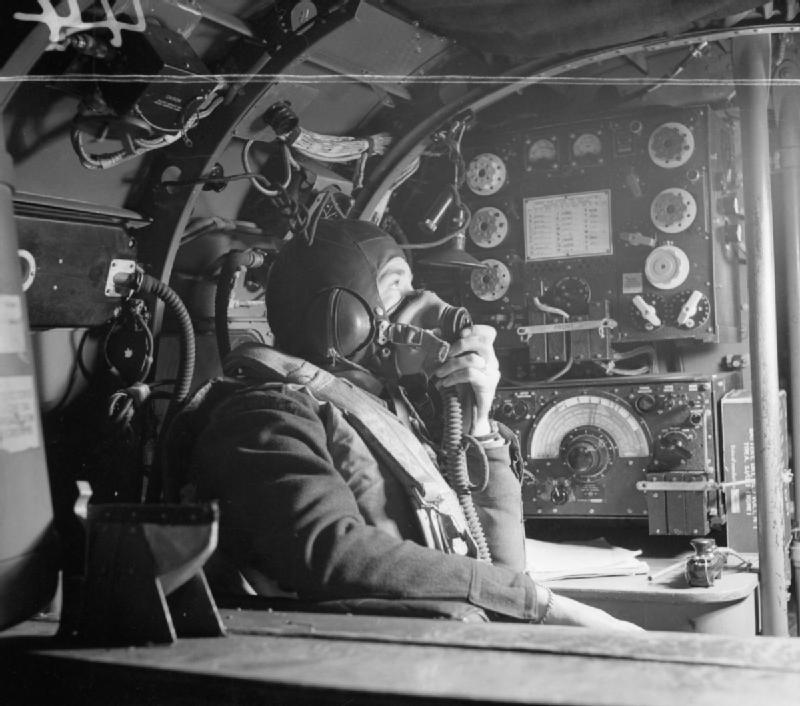This atmospheric audio clip takes you on a ride inside an Avro Lancaster B.Mk, I (ED586: EM-F), named F for Freddie, on a bombing mission over Germany in 1943. The recording, taken from Volume 1 of the CD RAF Bomber Command at War shows the calm radio chatter amongst the crew while they navigate search lights, anti-aircraft fire, and a run-in with a German fighter.
The recording was made by two BBC correspondents on board the Lancaster. Wynford Vaughn and Reginald Pidsley joined the crew to show the nation what it was like on a dangerous and terrifying mission over enemy territory.
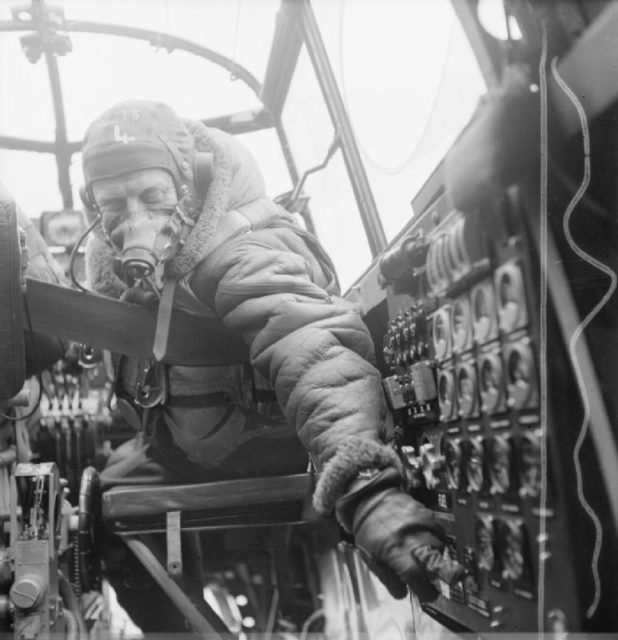
The aircraft, piloted by Flight Lieutenant Ken Letford, was on the mission with 315 other Lancasters and four de Havilland Mosquitos of RAF 207 Squadron. Flying out away from the bombers, the Mosquitos dropped spoof flares to mislead the German fighters of their actual destination.
207 squadron had previously suffered high losses, something the BBC correspondents were well aware of, as well as the dangers they were heading into the collect the recordings. The night they went, 22 Lancasters were shot down. On the ground in Berlin, 422 in Seimensstadt, Moabit and Charlotenburg were killed.
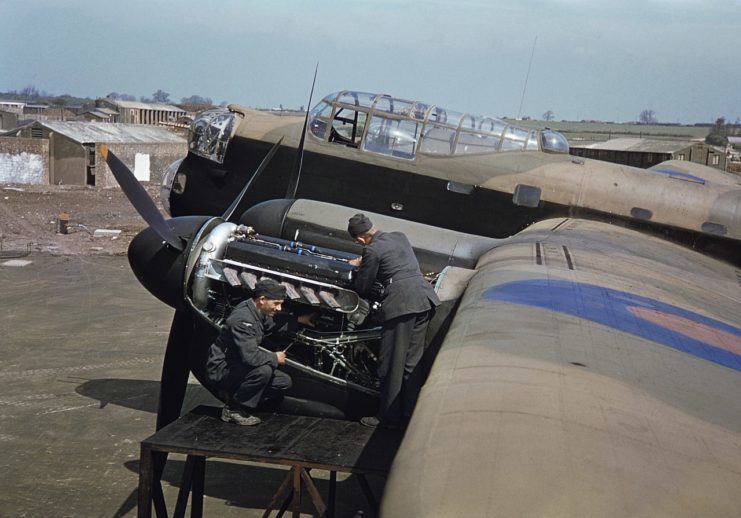
Despite the excitement and dangers they had experienced on their flight, Thomas and Pidsley broadcast the clip just 12 hours after landing back at RAF Langar in Nottinghamshire.
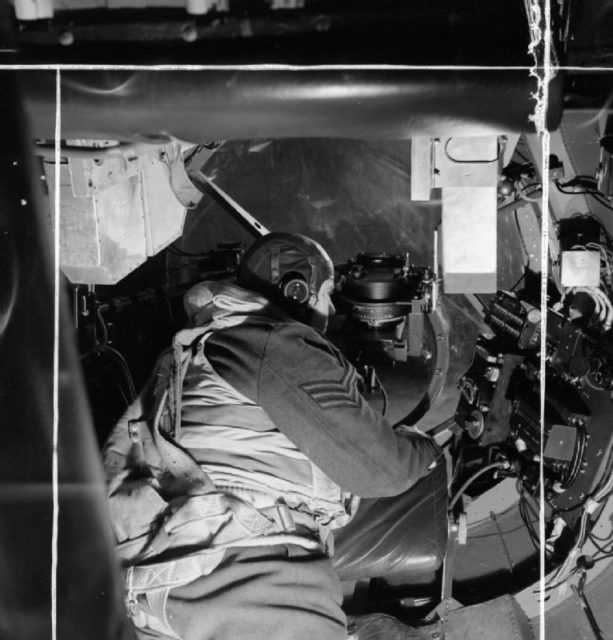
Understandably, the relentless flak and German aircraft trying to bring them down made the process of recording the flight difficult, but the atmospheric conditions at the bomber’s altitude made it hard as well. The correspondents used acetate discs to record the crew, which had to be cut in flight. This process was notoriously delicate even on the ground, let alone on a WWII bomber hurtling over an enemy city.
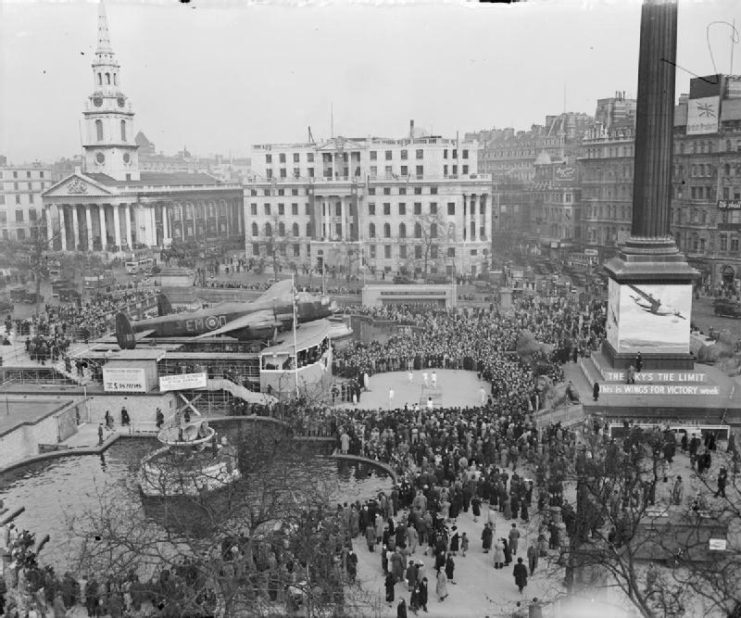
The cold temperatures at the high altitude meant the discs were too brittle to cut the grooves, and were not usable until Pidsley warmed them up. A BBC midget recorder then made the recording on the disc.
Below is the recording made on that night. You will hear the first six of these airmen listed:
Skipper: Ken Letford
Navigator: Con Connelly
Engineer: Charlie Stewart
Bombardier: Bill Bray
Gunner: Henry Devenish
Mid gunner: Jock Fieldhouse
Another Article From Us:
Wireless Operator: Bill Sparkes
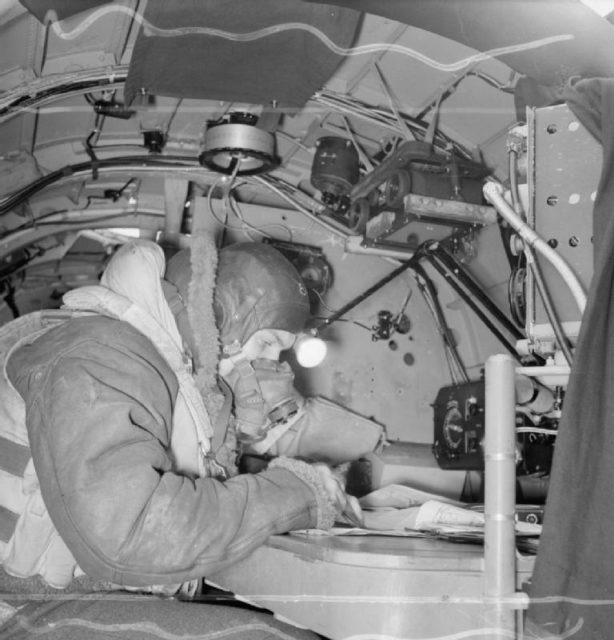
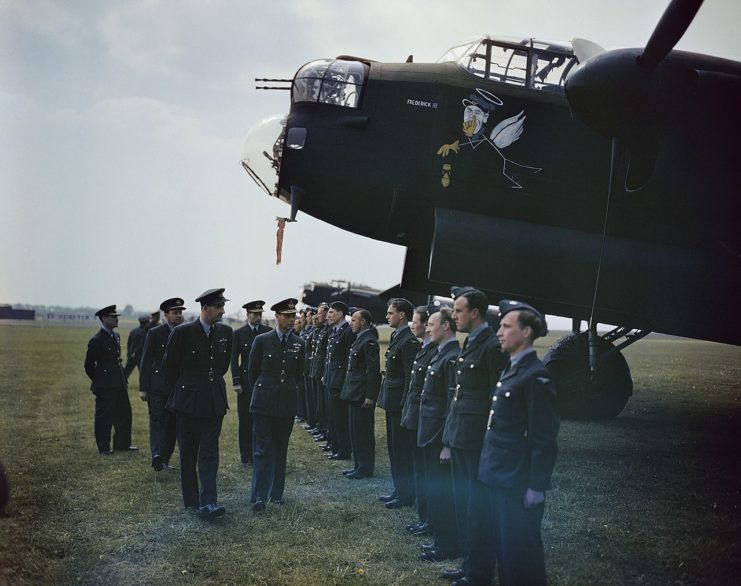
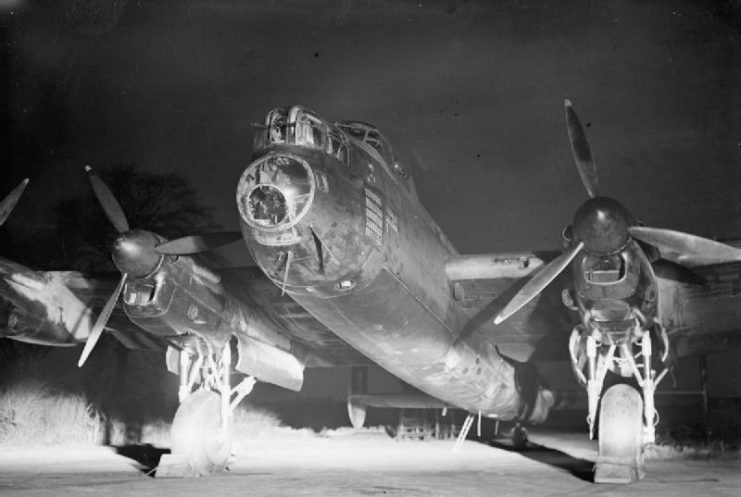
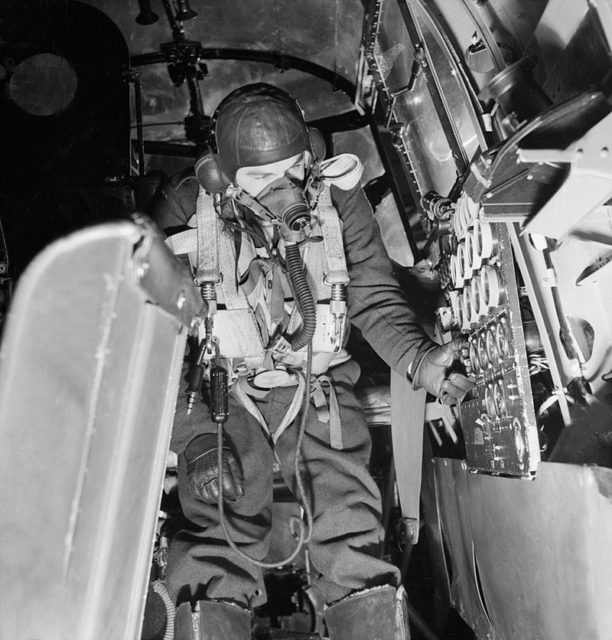
Another Article From Us: The Enormous Early 20th Century Pre-Dreadnought & Dreadnought Battleships
